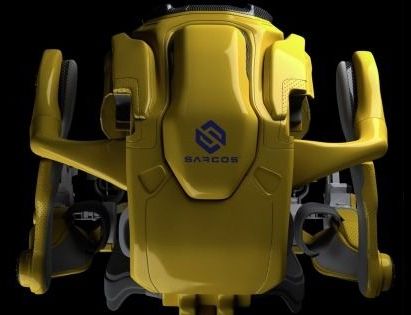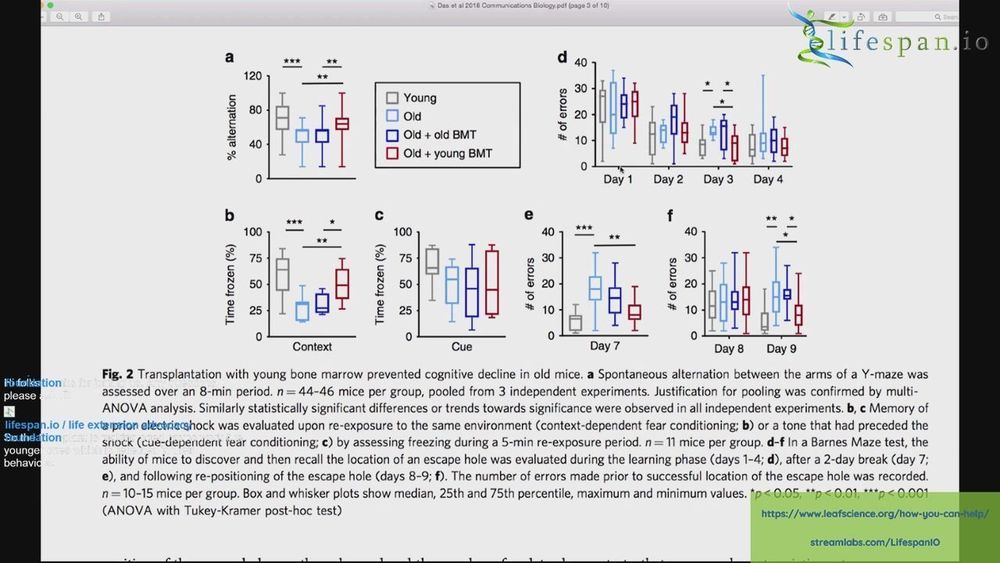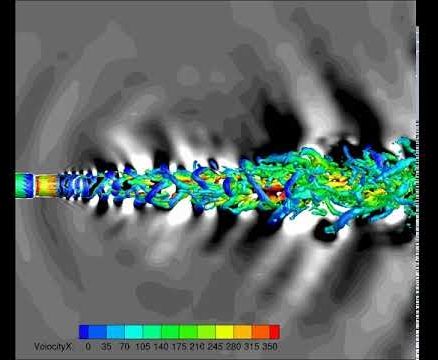A new study identifies a single molecule as a key entry point used by two types of dangerous bacteria to break through cellular barriers and cause disease. The findings, published March 19 in the journal mBio, suggest that blocking the interaction between the molecule, known as CD40, and bacteria may represent a universal strategy for preventing life-threatening illnesses, including toxic shock syndrome.
The two bacteria, Staphylococcus aureus (staph) and Streptococcus pyogenes, cause many serious illnesses. According to the Centers for Disease Control and Prevention, staph causes 70,000 cases of highly fatal pneumonia, 40,000 cases of severe heart infections, and over 500,000 post-surgical infections each year. Streptococcus pyogenes causes 10 million cases of sore throat and 30,000 cases of severe invasive diseases annually.
“Many of the infections caused by these two bacteria start on the skin or on the mucosal surfaces that line body cavities like the nose, mouth and throat, the gut, and the vagina. The ability of these bacteria to cause disease depends on production of a family of toxins known as superantigens, which cause exceptionally harmful inflammation,” explains Patrick Schlievert, Ph.D., professor and head of microbiology and immunology at the University of Iowa Carver College of Medicine and lead author of the new study.









